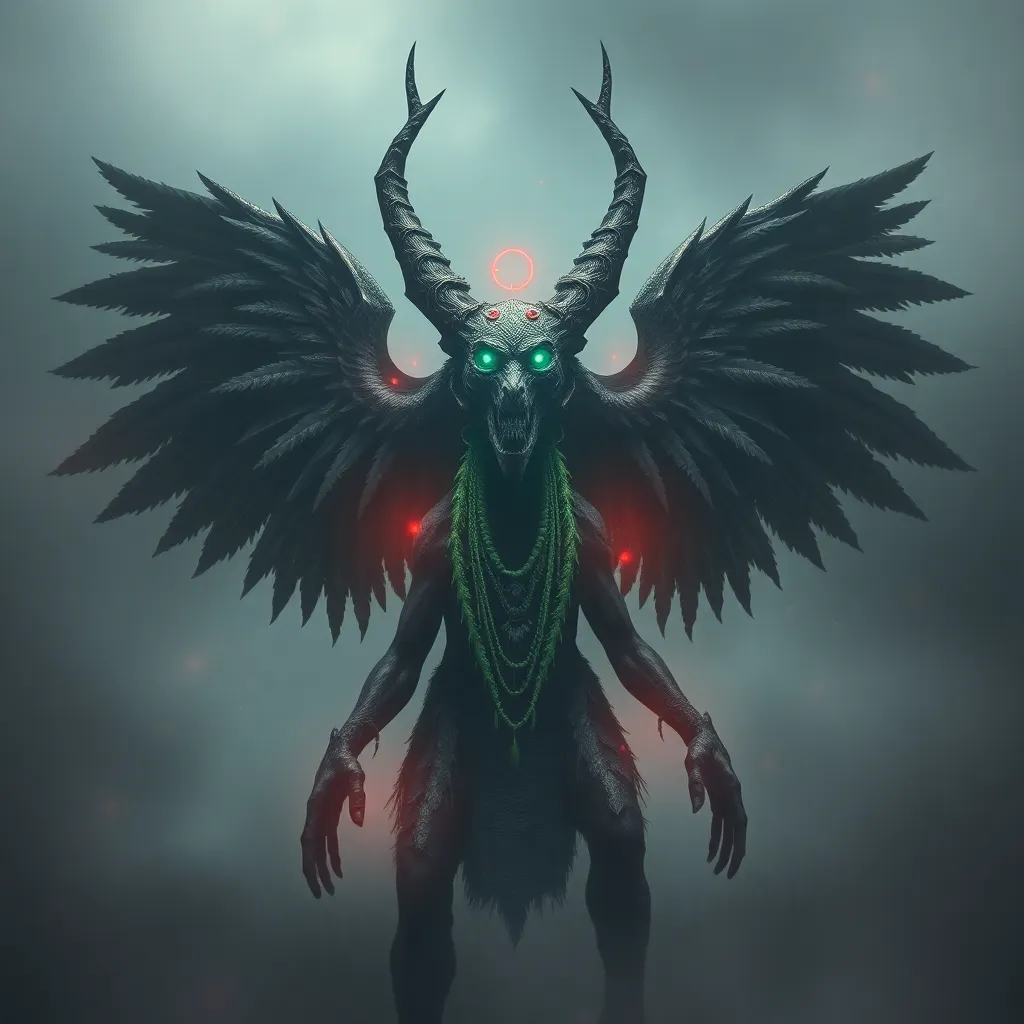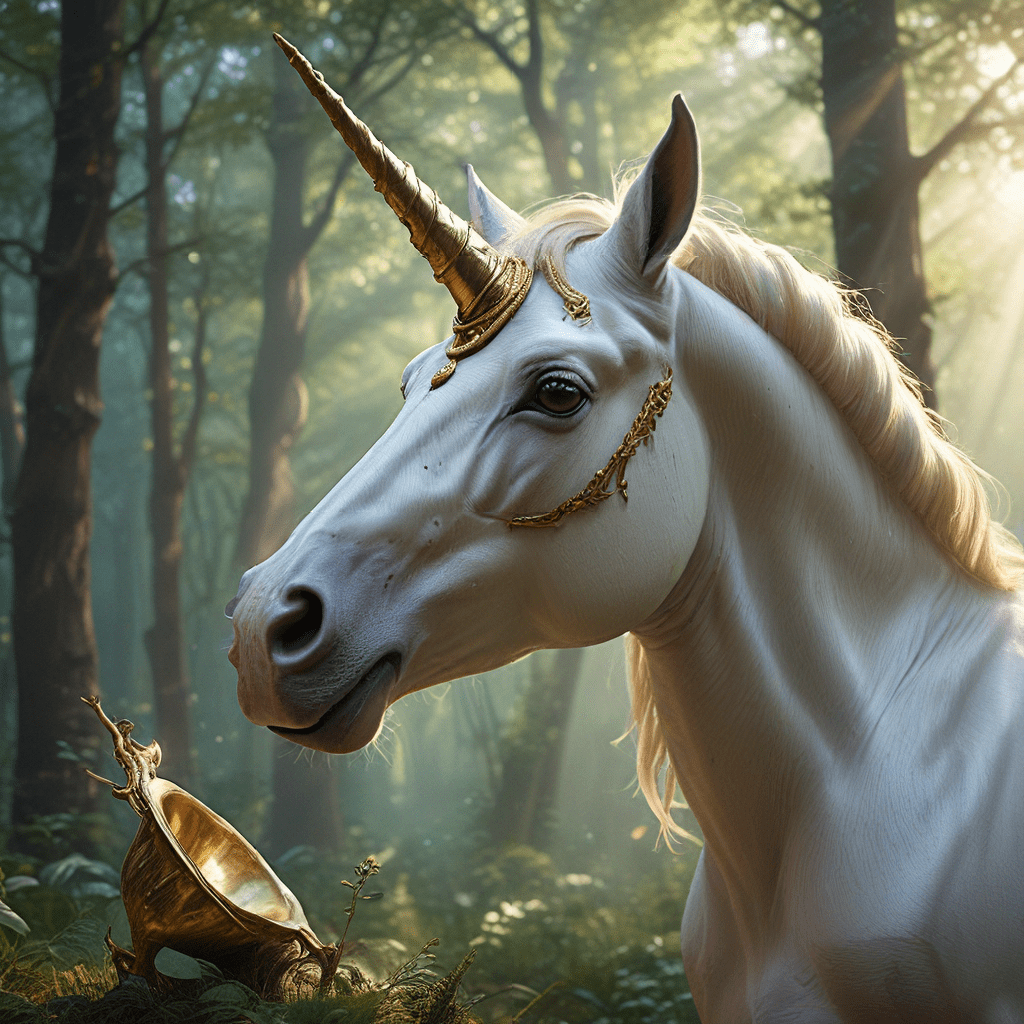The Dwarven Mysteries: Unraveling the Unsolved Puzzles and Enigmas of Dwarf Culture
I. Introduction to Dwarf Culture
Dwarves have captivated the imaginations of many through history, mythology, and modern fantasy literature. These stout, resilient beings are often depicted as master craftsmen, fierce warriors, and guardians of ancient secrets. Their culture is rich with traditions and lore that are both fascinating and enigmatic.
The importance of dwarves in fantasy literature and popular culture cannot be overstated. From J.R.R. Tolkien’s Middle-earth to the realms of Dungeons & Dragons, dwarves occupy a unique space that blends heroism, craftsmanship, and a distinct cultural identity. Exploring the mysteries surrounding dwarf culture provides insights into not only their fictional worlds but also into the human fascination with craftsmanship and resilience.
II. The Origins of Dwarven Society
The origins of dwarven society are shrouded in mystery, with various theories suggesting different creation myths and evolutionary paths. Some narratives claim that dwarves were shaped from stone by ancient deities, while others propose they emerged from the depths of the earth, born of minerals and metals.
Historical accounts and archaeological evidence, although scarce, indicate that dwarves may have existed in various forms across different cultures. Artifacts resembling dwarven craftsmanship have been found in ancient ruins, hinting at a society that valued mining and metallurgy.
Mythological narratives play a significant role in shaping the perceived origins of dwarves. In many cultures, dwarves are depicted as ancient beings, often linked to the earth and the underworld. These stories contribute to the complex tapestry of dwarf culture, providing context to their societal values and practices.
III. The Enigma of Dwarven Language and Runes
Dwarven languages are characterized by their guttural sounds and complex structures, often reflecting the harsh environments from which they hail. Linguists and enthusiasts alike have studied these unique languages, attempting to understand their syntax and vocabulary.
The significance of runes in dwarf culture extends beyond mere communication; they are often imbued with magical properties. Dwarven runes are used for various purposes, including enchantments, blessings, and even curses. The symbols often hold deep meanings, and their correct usage can unlock ancient powers.
However, many ancient Dwarven texts remain untranslated, presenting unsolved puzzles for scholars. These texts may hold critical knowledge about Dwarven history, craftsmanship, and spirituality, yet their meanings elude modern understanding.
IV. Craftsmanship and the Secrets of Dwarven Artisanship
The craftsmanship of dwarves is legendary, with their blacksmiths and artisans renowned for their skills in working with metals and stone. Dwarven weapons, armor, and jewelry are often sought after for their unmatched quality and intricate designs.
Many legendary artifacts, such as Thor’s hammer in Norse mythology or the Silmarils in Tolkien’s works, are said to have been crafted by dwarves. The origins of these artifacts often carry a sense of mystery, with tales of how they were forged in the fires of ancient mountains or imbued with the essence of the earth.
Despite their expertise, many techniques used by ancient Dwarven craftsmen have been lost to history. The lack of documentation and the passing of time have obscured the methods that once produced such remarkable creations. This loss adds to the allure surrounding Dwarven craftsmanship and invites further exploration.
V. Dwarven Lore: Myths, Legends, and Folklore
Dwarven culture is rich with myths and legends that have been passed down through generations. These stories often depict heroic quests, epic battles, and the eternal struggle between good and evil. Key legends include tales of the creation of the first dwarves, their battles with dragons, and their alliances with other races.
Recurring themes in Dwarven tales include:
- The bond between dwarves and the earth
- The importance of family and clan
- The celebration of craftsmanship and artistry
- The struggle against external threats
Oral tradition plays a crucial role in preserving these mysteries. Storytelling has allowed dwarves to maintain a sense of identity and continuity, passing down not just facts but the very essence of their culture.
VI. The Role of Dwarven Religion and Spirituality
Dwarven religion encompasses a pantheon of deities that reflect their values and beliefs. These deities are often associated with stone, metal, and the earth, embodying the traits that dwarves hold dear, such as strength, resilience, and craftsmanship.
Rituals and practices within Dwarven spirituality often remain unexplained, adding to the mystique of their culture. These may include rites of passage, festivals celebrating the changing seasons, and ceremonies to honor their ancestors.
Connections between spirituality and Dwarven craftsmanship are profound. Many dwarves believe that their skills in crafting are a form of worship, a way to honor their gods by creating beauty from the raw materials of the earth.
VII. Dwarven Society and Its Social Structures
Dwarven society is often characterized by strong governance and community life. Clans play a significant role in social structure, with families forming the backbone of Dwarven communities. Leadership is typically based on wisdom and experience rather than wealth.
Family ties and clan dynamics are central to Dwarven culture. Loyalty to one’s clan is paramount, often influencing personal decisions and alliances. This strong sense of community fosters a supportive environment where skills and knowledge are passed down through generations.
Unresolved questions about gender roles and social hierarchies persist within Dwarven culture. While traditional depictions often emphasize male warriors and craftsmen, modern interpretations suggest the presence of strong female figures who contribute equally to Dwarven society.
VIII. The Future of Dwarven Mysteries: Preservation and Exploration
Modern interpretations of Dwarven culture continue to evolve, influenced by contemporary values and storytelling techniques. Movies, books, and games have reimagined dwarves, introducing new narratives while drawing on traditional elements.
Efforts to preserve Dwarven heritage and knowledge are ongoing, with scholars and enthusiasts seeking to uncover more about this fascinating culture. Museums, academic research, and community projects aim to document and celebrate Dwarven history.
Encouraging further exploration of unresolved mysteries in academia and fantasy storytelling can lead to a deeper understanding of the Dwarven experience. Engaging with these enigmas allows us to appreciate the complexity of Dwarven culture and its enduring impact on our narratives.
IX. Conclusion
In summary, the exploration of Dwarven mysteries reveals a culture rich in history, craftsmanship, and spirituality. The ongoing allure of dwarf culture in contemporary narratives speaks to our collective fascination with resilience, artistry, and the connection to the earth.
As we delve into the mysteries surrounding dwarves, we are reminded of the importance of preserving and celebrating diverse cultures, both real and imagined. The legacy of dwarves continues to inspire, inviting us to seek out and unravel the enigmas that lie within their storied pasts.



